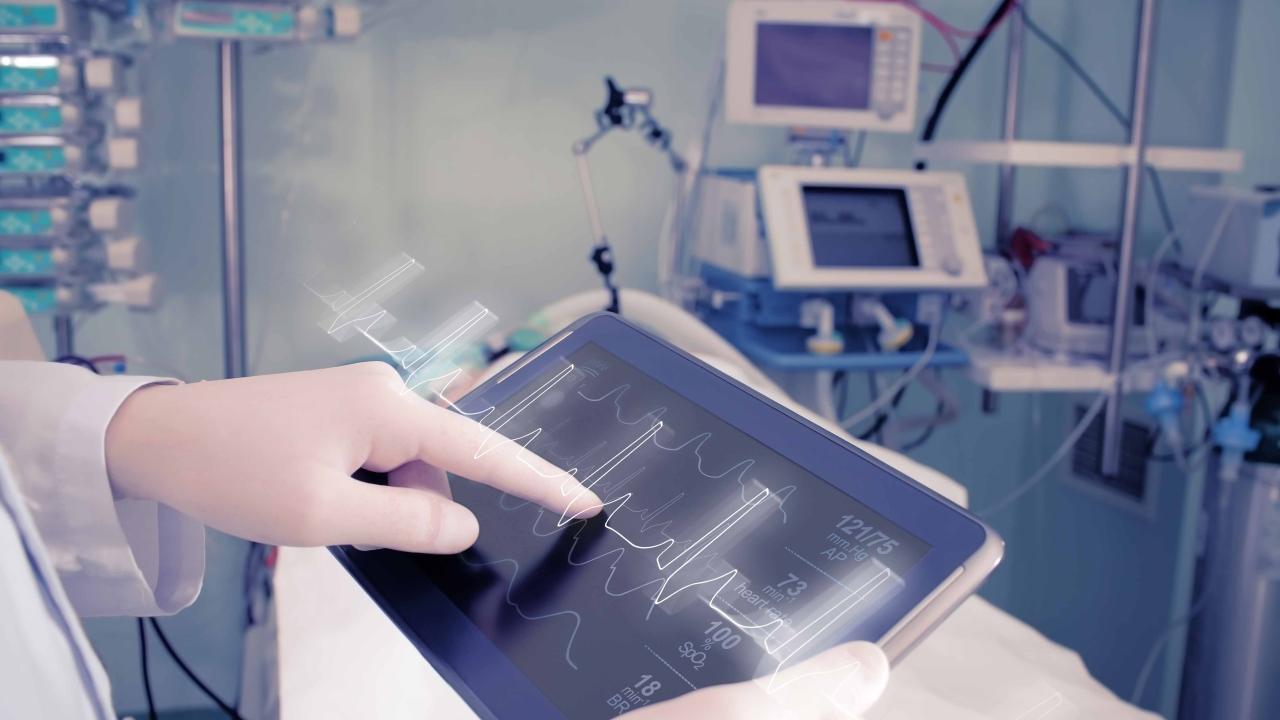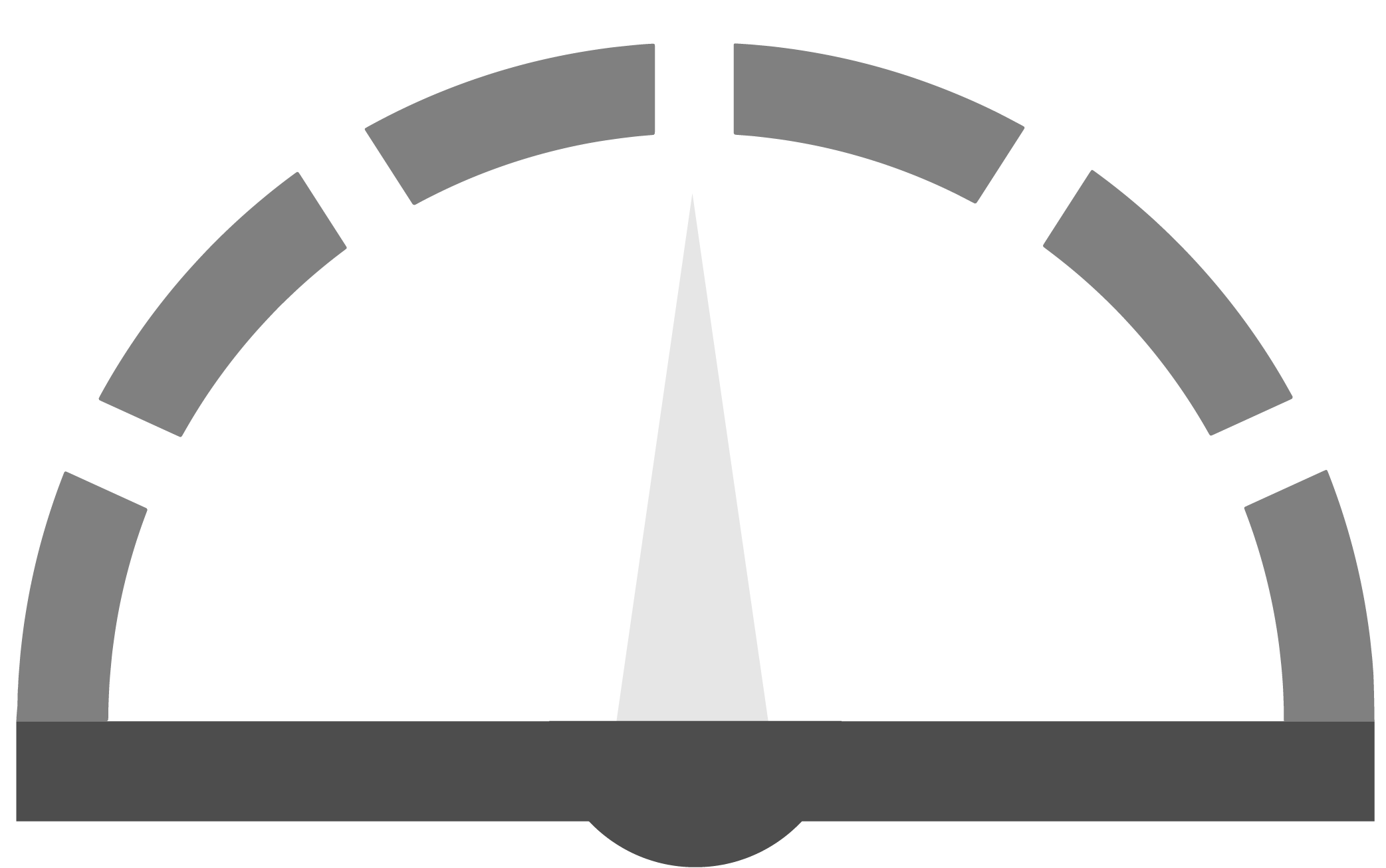
Cardiology technologists and electrophysiological diagnostic technologists
Cardiology technologists record the cardiac activity of patients using electrocardiogram and imaging technologies. Electrophysiological diagnostic technologists operate electrophysiological diagnostic equipment to assist physicians.
On This Page
Full NOC Description
Cardiology technologists operate electrocardiogram equipment and use medical imaging technologies to record cardiac activity of patients to aid in the diagnosis, monitoring and treatment of heart disease. Electrophysiological diagnostic technologists operate electroencephalographic, electromyographic and other electrophysiological diagnostic equipment to assist physicians in diagnosing diseases, injuries and abnormalities. Cardiology technologists and electrophysiological diagnostic technologists who are supervisors or instructors are included in this unit group.
Main Duties
This group performs some or all of the following duties:
Cardiology technologists
- Operate electrocardiogram and other electronic equipment to record cardiac activity of patients
- Perform non-invasive cardiovascular procedures and tests, such as electrocardiograms, exercise tolerance tests, ambulatory monitoring and scanning of tapes, holter arrhythmia scanning, pacemaker analysis and follow-up
- Record and assess cardiac activity and provide preliminary reports of tests
- Provide patients with care during procedures and tests
- Prepare reports for interpretation by cardiologists
- Reprogram pacemakers according to required standards
- Check, calibrate and perform routine maintenance of cardiology equipment to ensure proper operation
- May analyze tests and notify physician or other health care professionals of abnormalities
- May administer certain drugs under direct supervision of physician
- May document and record pacemaker implant threshold measurements under direct supervision of cardiac surgeon
- May supervise and train students, other cardiology technologists and nurses.
Electrophysiological technologists
- Review patient's case history and assess nature of problem to determine procedures and tests required
- Attach diagnostic equipment to patients and ensure their comfort and safety
- Operate diagnostic equipment such as electroencephalographic and evoked potential equipment to record the electrical activity of the brain and cranial and central nervous systems
- Operate electromyographic equipment to conduct electrophysiological nerve conduction velocity tests and to assist physicians in conducting electrophysiological tests such as muscle strength and repetitive stimulation
- Take notes on the recorded graph to identify interference such as poor electrode contact or patient movement
- Prepare recordings and reports of findings for physicians to aid in the diagnosis of neurological disorders
- Check, calibrate and perform routine maintenance of diagnostic equipment
- Train and supervise students, technicians or other electroencephalograph technologists.
Also Known As
- cardiac stress technologist
- cardiology supervisor
- cardiology technologist
- electrocardiographic (ECG) technologist
- electrocardiography technologist
Employment Requirements
- Cardiology technologists require completion of a two-year college diploma program in cardiology technology and Supervised practical training.
- Cardiology technologists require registration with the Canadian Society of Cardiology Technologists in all provinces except Quebec.
- Electroencephalograph and other diagnostic technologists require completion of a two-year college or hospital-based program in electrophysiology technology and Supervised practical training.
- Registration with the Canadian Board of Electroencephalograph Technologists is available for electroencephalograph technologists; it is required in Alberta and is usually required by employers in other provinces.
- Registration with the Association of Electromyography Technologists of Canada is available for electromyography technologists and is usually required by employers.
- Registration with l'Ordre des technologues en imagerie médicale, en radio-oncologie et en électrophysiologie médicale du Québec is required for cardiology technologists and electrophysiological technologists in Quebec.
Provincial Regulation
- Provincially Regulated: Yes
Regulation Body
The following graph shows the percentage of men and women working in this occupation in New Brunswick.
Data legend
The following graph shows the breakdown of all persons working in this occupation in New Brunswick by age group.
Data legend
The following graph shows the breakdown of all persons working in this occupation in New Brunswick by highest level of education achieved.
Data legend
The following graph shows the industry groups in which the largest shares of persons working in this occupation in New Brunswick are employed. Small percentages for all top three industry groups may suggest employment for this occupation is widely distributed amongst many industry groups.
Data legend
The following graph shows the breakdown of all persons employed in this occupation in New Brunswick by which economic region they reside in.
Data legend

Economic Regions
The following map displays New Brunswick’s five economic regions. An economic region (ER) is a grouping of counties, created as a standard unit for analysis of regional economic activity across Canada.
The following graph shows the average salary of all persons employed in this occupation in each of New Brunswick’s five economic regions.
Data legend

Economic Regions
The following map displays New Brunswick’s five economic regions. An economic region (ER) is a grouping of counties, created as a standard unit for analysis of regional economic activity across Canada.
The following represents the median hourly wage of all persons employed in this occupation in each of New Brunswick’s five economic regions.
The following shows the average salary of everyone who worked full-time and year-round in this occupation across each of the Atlantic Provinces and nationally.
The following represents the number of job openings that are expected to occur in this occupation over the next three and ten years respectively, broken down by openings expected to result from growth (“new jobs”) and openings expected to result from attrition (death and retirements).


Share this page
No endorsement of any products or services is expressed or implied.